15 Best Employee Engagement Survey Vendors and Providers
June 12, 2025Many companies struggle to measure and boost engagement effectively. The challenge isn’t just running surveys, it’s choosing the right survey provider. This guide covers 15 top employee engagement survey vendors.
Employee engagement is a key factor in how well a company performs. Still, many companies struggle to measure and boost engagement effectively.
The challenge isn’t just running surveys, it’s choosing the right survey provider. After working with hundreds of teams, I’ve seen how the right tool helps identify real issues and drive improvements.
This guide covers 15 top employee engagement survey vendors. I’ll explain what makes each one special to help you choose the best fit for your needs.
What are Employee Engagement Surveys?
Employee engagement surveys are tools that measure how motivated and connected employees feel at work. They ask about things like job satisfaction, workplace culture, leadership, growth opportunities, and overall experience.
The best employee engagement survey vendors help you run these surveys by offering software and support. Their platforms include pulse surveys (quick check-ins), full annual surveys, 360-degree feedback, and HR analytics. The best providers help you understand data and take action.
Listen to Your People
Track engagement and wellbeing continuously and ensure leaders take action on all levels of the organization – effortlessly in Slack or MS Teams.
15 Best Employee Engagement Survey Vendors
Below are some of the best employee engagement survey vendors.
Teamspective: The Leadership Enablement Platform

Teamspective helps teams improve engagement, performance, and collaboration by focusing on leadership. It goes beyond simple data collection, combining surveys with performance and network analysis to give leaders the full picture.
Best for: Companies that want to help their managers take clear action based on survey results.
Pros:
- Brings together engagement, performance, and collaboration data
- AI suggestions make next steps clear
- Works directly in Slack and Teams for better response rates
- Offers tailored tips for each manager
- Uses unique network analysis to spot how teams work together
Cons:
- May be more advanced than needed for basic surveys
- Needs some setup to connect with other tools
15Five
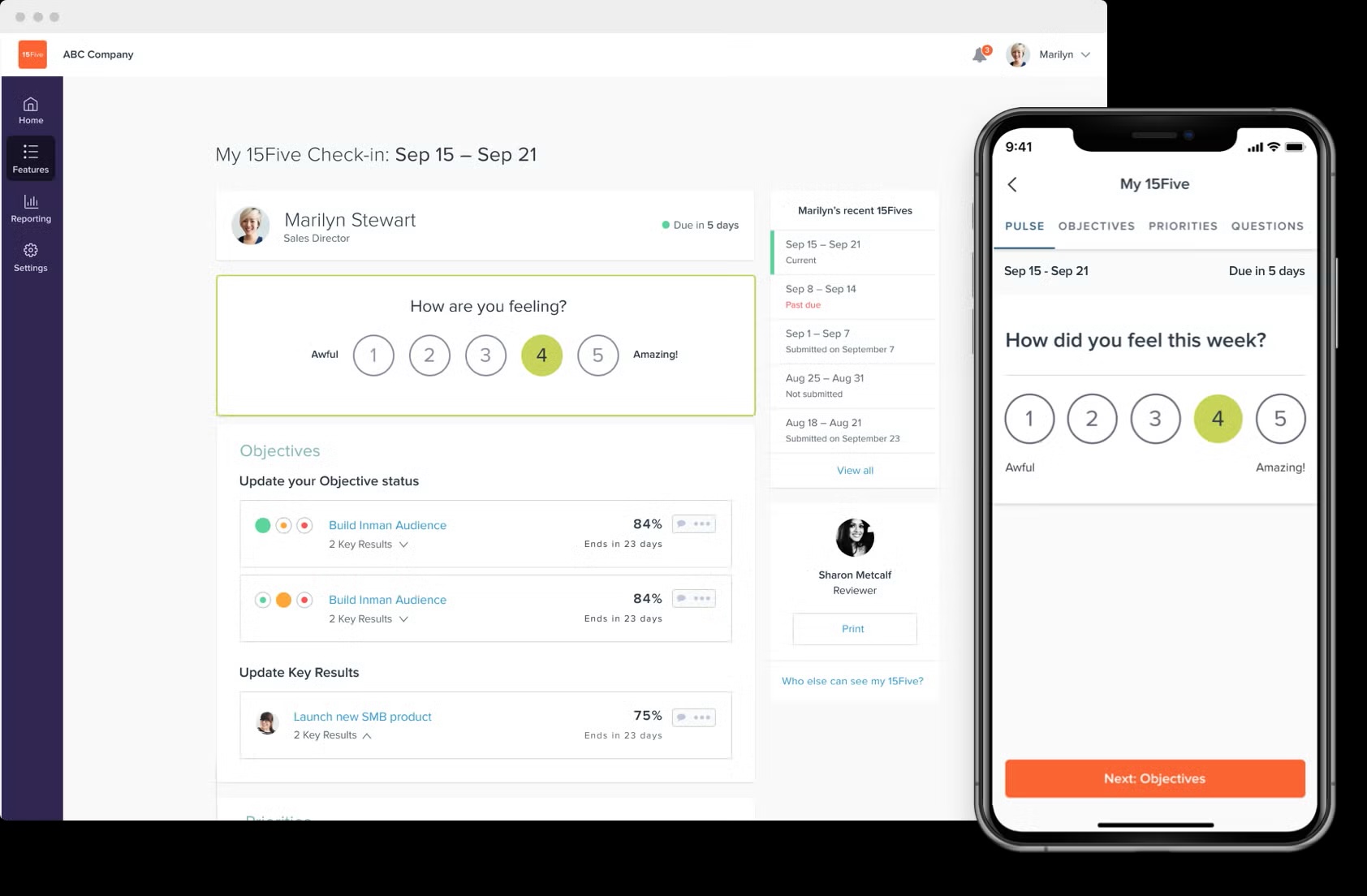
15Five combines performance management with regular engagement check-ins. It encourages ongoing feedback and one-on-one conversations.
Best for: Teams that want to connect engagement tracking with performance reviews.
Pros:
- Weekly check-ins keep feedback flowing
- Helps build strong manager-employee relationships
- Works well with performance processes
- Easy to navigate
Cons:
- Less powerful analytics than some other platforms
- Might feel repetitive over time
- Limited survey customization
BambooHR
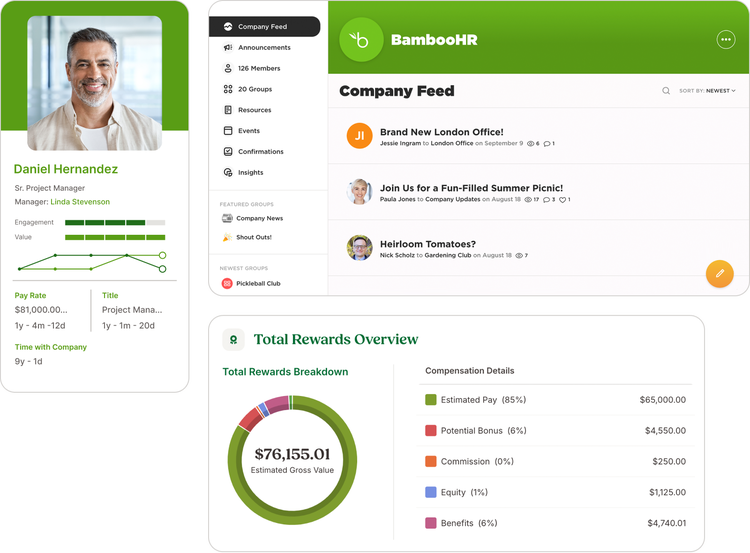
BambooHR is an HR tool with built-in engagement surveys, eNPS tracking, and basic reporting.
Best for: Small to mid-sized companies already using BambooHR.
Pros:
- Combines HR data with engagement results
- Affordable for existing customers
- Simple to use
- Clear dashboards
Cons:
- Fewer options for custom questions
- Basic data analysis
- Might not meet the needs of larger companies
Rippling
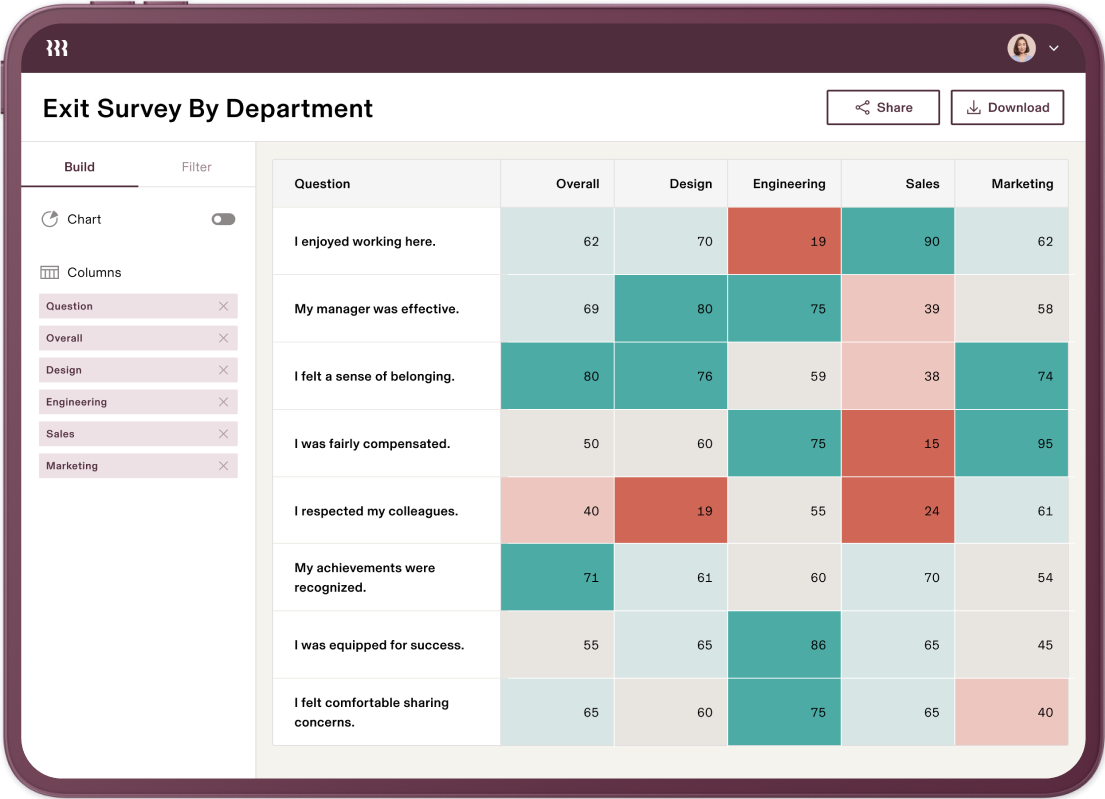
Rippling is an all-in-one HR platform that includes engagement tools. It offers pulse surveys and basic analytics.
Best for: Businesses looking for a complete HR solution.
Pros:
- Integrates with payroll and benefits
- Modern and user-friendly
- Automates many tasks
- Pulls data from across HR functions
Cons:
- Engagement tools aren’t as deep as dedicated platforms
- Pricey if you only want survey features
- Limited options for complex survey needs
Culture Amp
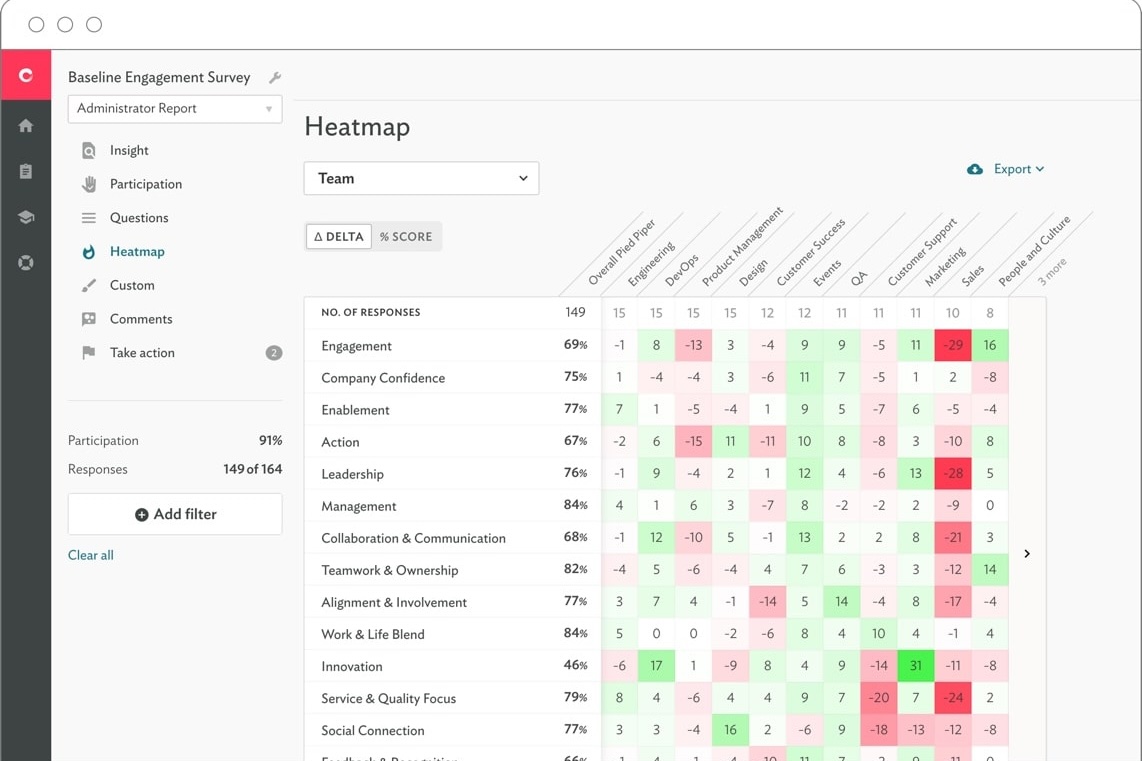
Culture Amp focuses on engagement, performance, and diversity. It offers science-based surveys and strong analytics.
Best for: Data-driven companies that want detailed insights.
Pros:
- Surveys built on research
- Powerful benchmarking tools
- Focuses on inclusion and equity
- Great customer support
Cons:
- Can be complex to set up
- Higher cost
- May offer more data than needed
SurveyMonkey
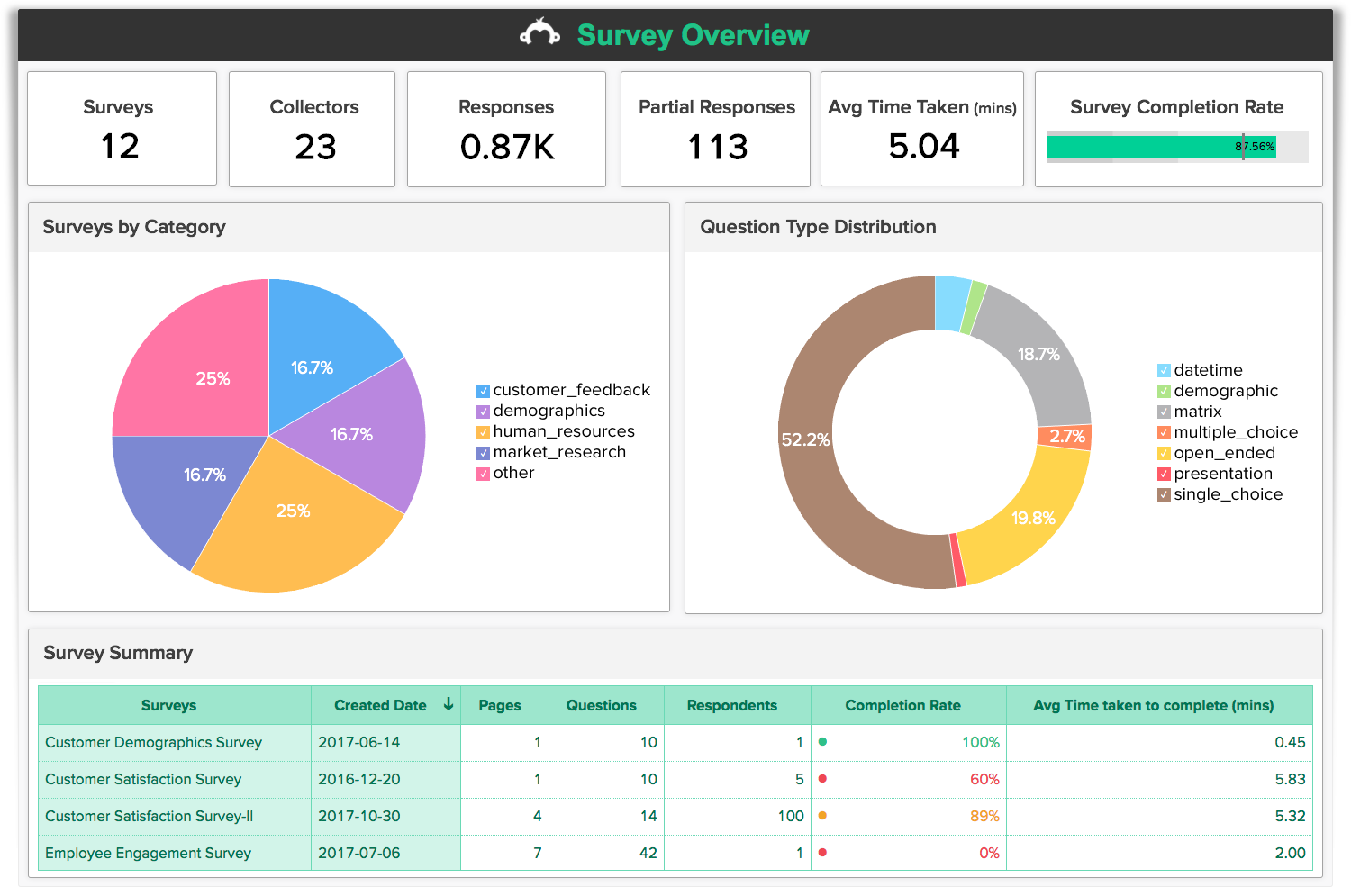
SurveyMonkey is a flexible tool that includes engagement templates for businesses.
Best for: Companies that want to use one tool for many kinds of surveys.
Pros:
- Fully customizable surveys
- Easy-to-use interface
- Competitive pricing
- Connects with other tools
Cons:
- Lacks deep engagement features
- Setup requires more manual work
- Limited guidance on survey design
Leapsome
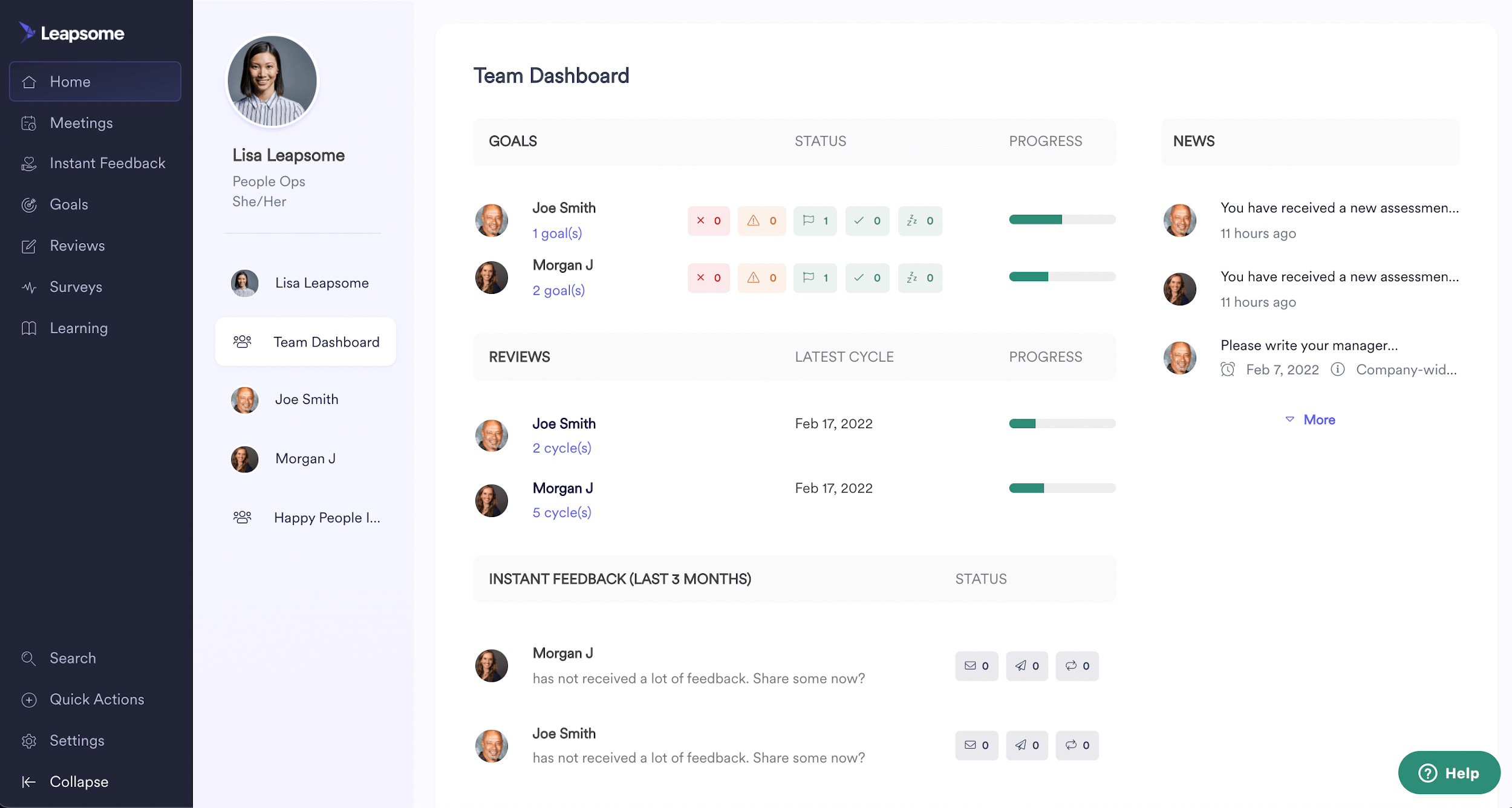
Leapsome blends engagement surveys with 360 feedback and performance tools.
Best for: Companies wanting one platform for all people-related tools.
Pros:
- Combines key HR functions
- Automates recurring surveys
- Strong reporting tools
- Custom survey options
Cons:
- Too complex if you only want surveys
- Takes time to learn
- Setup can be time-consuming
Workday Peakon
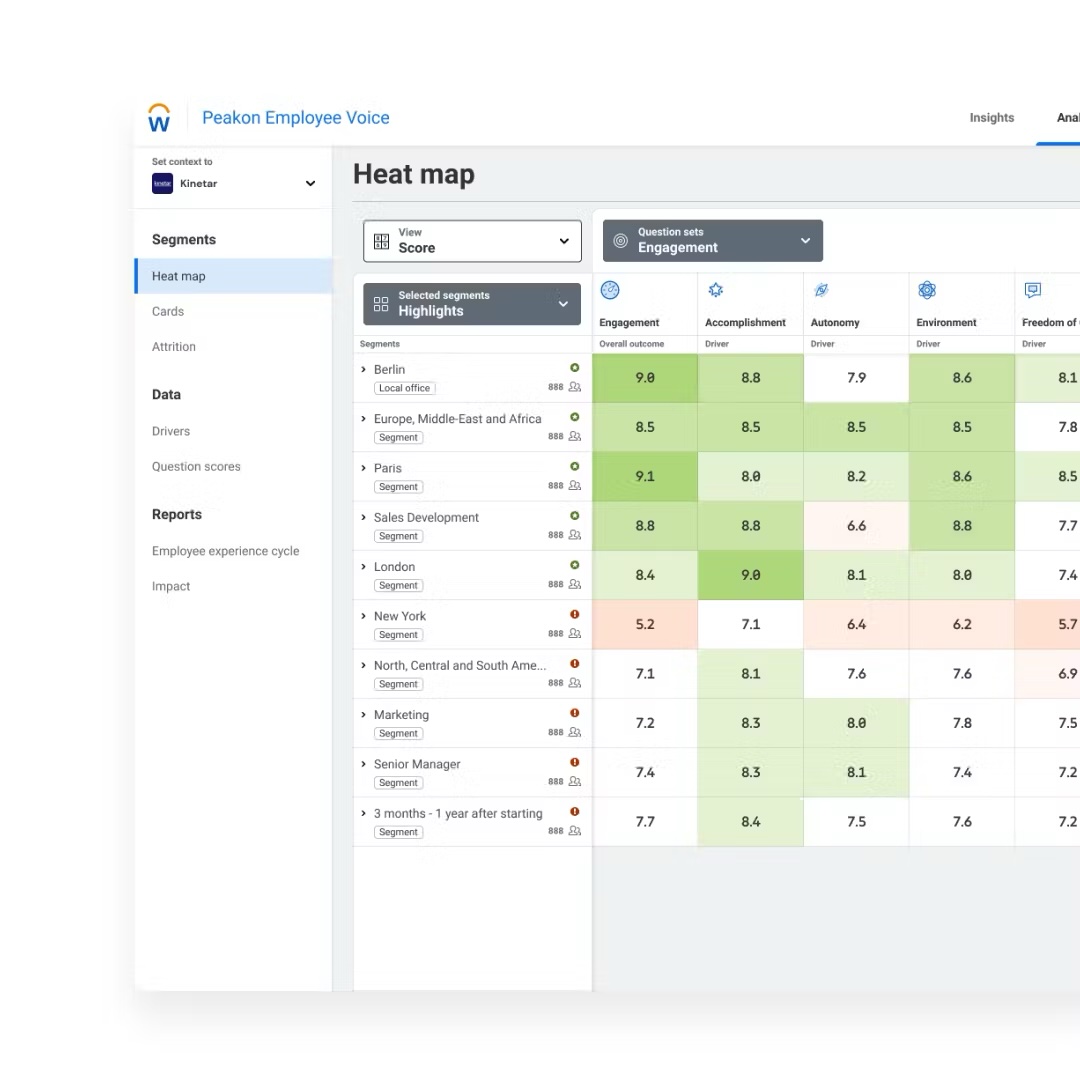
Peakon offers smart engagement surveys with predictive analytics and AI support.
Best for: Large companies already using Workday.
Pros:
- AI-powered insights
- Clear, helpful dashboards
- Seamlessly fits into Workday
- Real-time feedback collection
Cons:
- High cost
- Too complex for basic use cases
- Requires training
Achievers
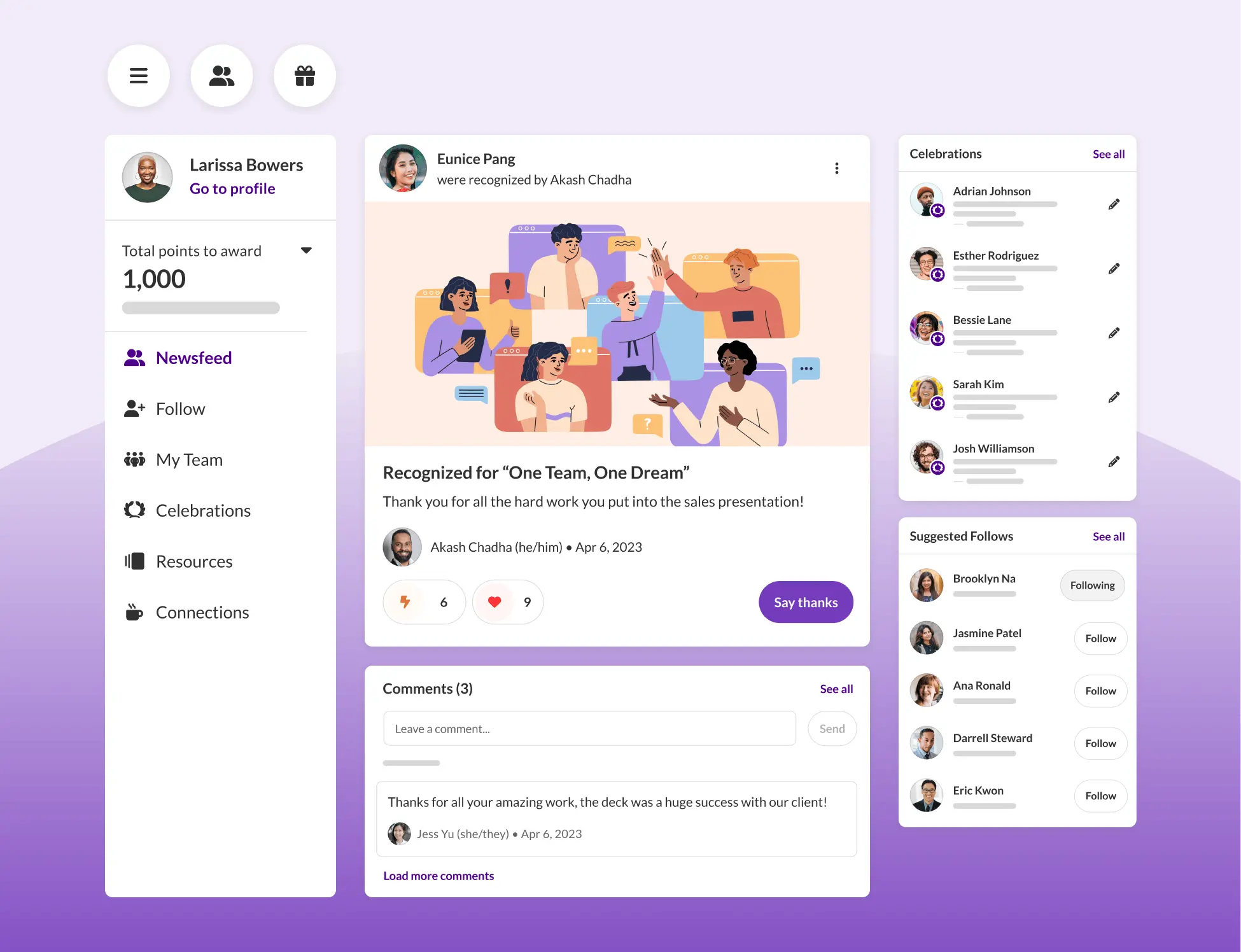
Achievers links engagement with employee recognition. It combines surveys with rewards.
Best for: Companies wanting to build a strong culture with recognition.
Pros:
- Blends feedback with recognition
- Social features encourage interaction
- Great mobile access
- Helps build a positive culture
Cons:
- Recognition may distract from survey goals
- Survey design is limited
- Costs can rise with extra features
CultureMonkey
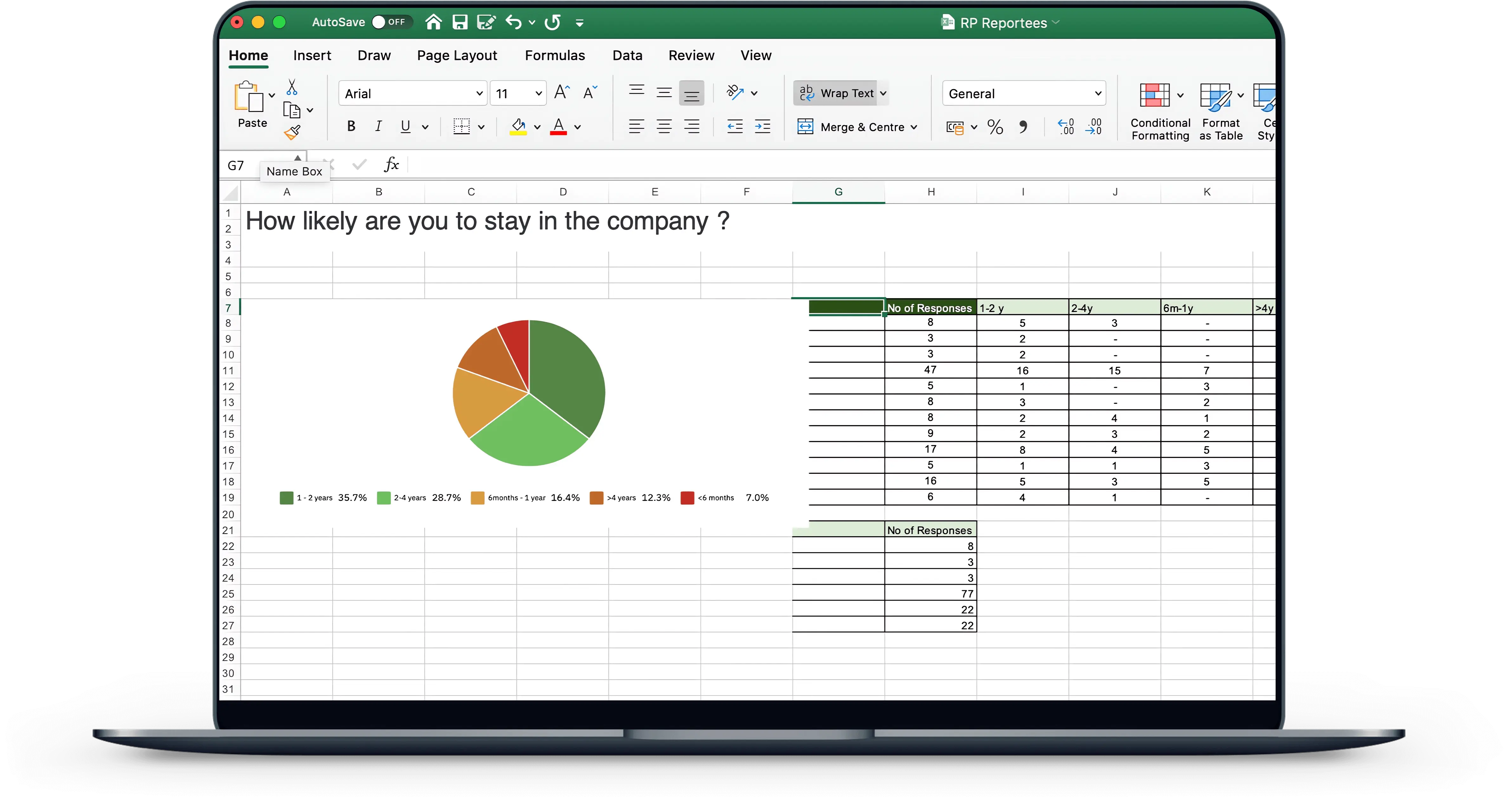
CultureMonkey offers easy-to-use engagement surveys, especially for growing teams.
Best for: Small to mid-sized businesses needing focused engagement tools.
Pros:
- Simple and affordable
- Easy to set up and use
- Good support team
Cons:
- Fewer analytics than larger platforms
- Limited system integrations
- Not ideal for complex setups
Qualtrics
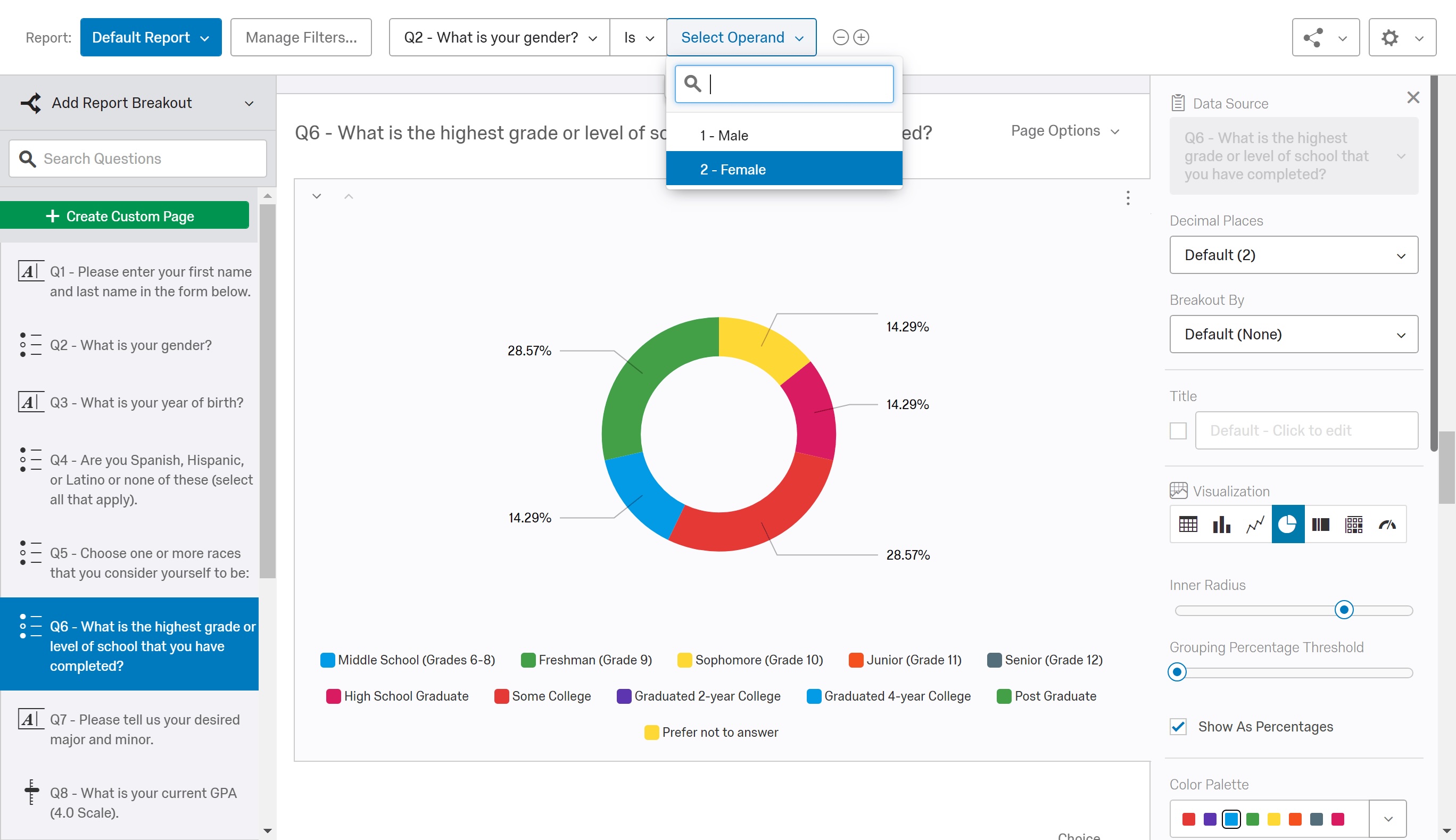
Qualtrics EmployeeXM offers powerful tools for large organizations, including exit and 360 feedback surveys.
Best for: Enterprises needing deep data and flexible tools.
Pros:
- Very detailed analytics
- Fully customizable
- Excellent data science tools
- Integrates well with other systems
Cons:
- Takes time to learn
- Expensive
- May be too advanced for simple needs
ClearCompany
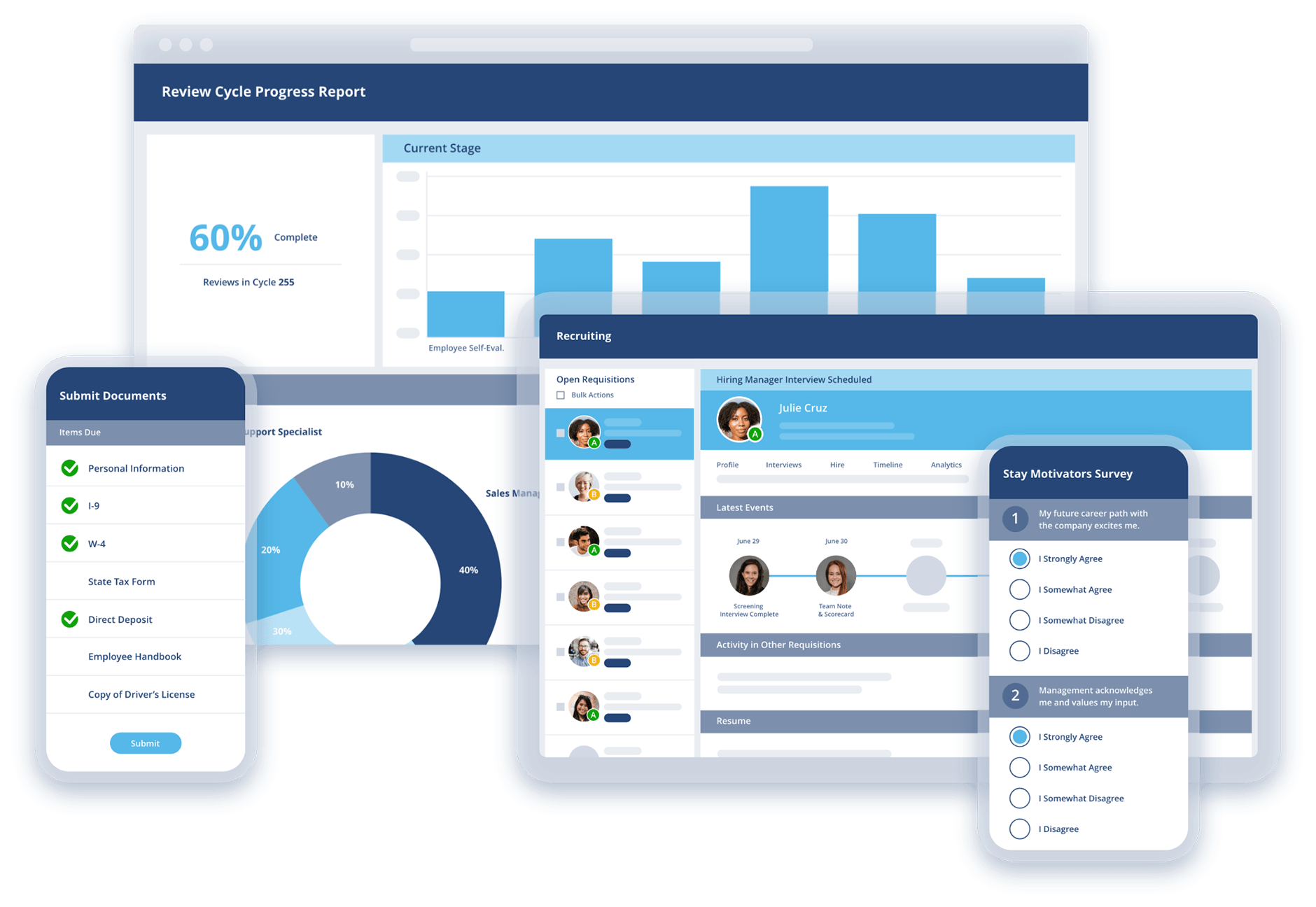
ClearCompany ties engagement surveys to hiring and performance tools.
Best for: Companies that want all talent tools in one place.
Pros:
- Connects hiring, reviews, and engagement
- Good reporting features
- Helps support employee growth
- Affordable bundle pricing
Cons:
- Survey features aren’t as strong as others
- Limited custom options
- Smaller company with fewer updates
Microsoft Viva Glint
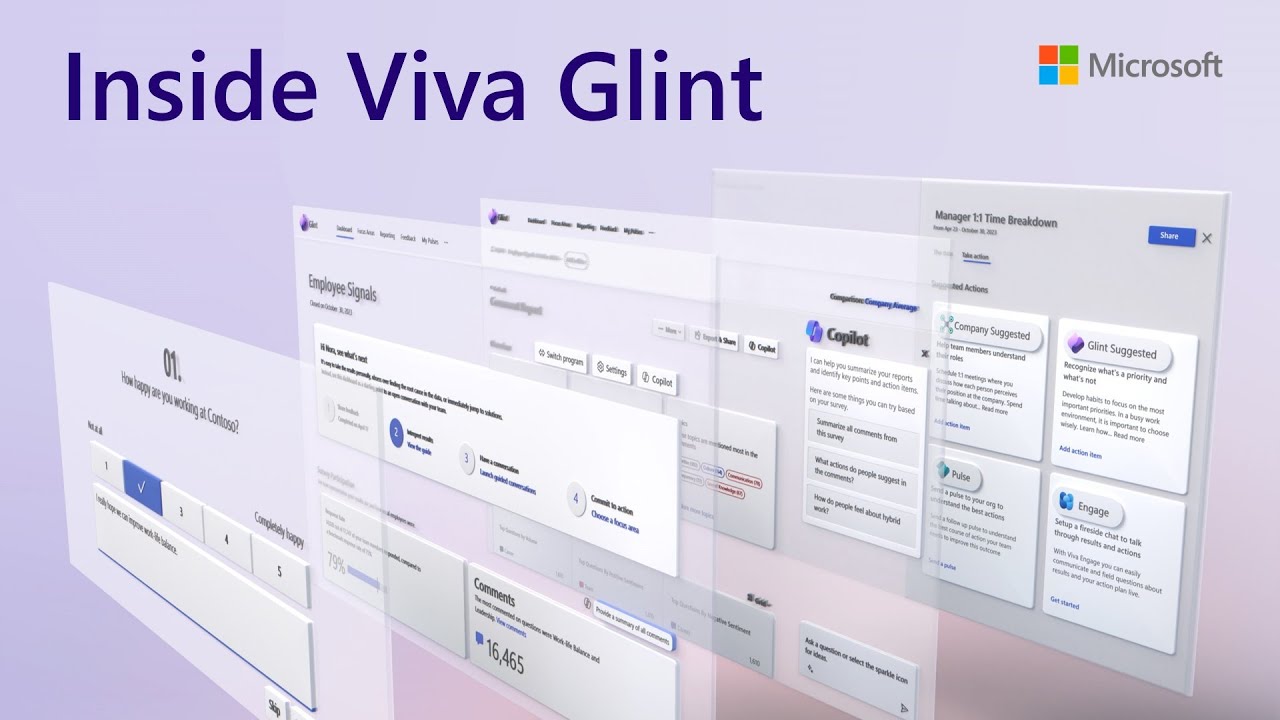
Viva Glint is part of Microsoft’s employee experience suite. It focuses on engagement and integrates with other Microsoft tools.
Best for: Microsoft-first companies needing built-in survey tools.
Pros:
- Works well with Microsoft Teams and 365
- Uses AI for insights
- Based on sound science
- Familiar interface
Cons:
- Best for companies already using Microsoft tools
- Setup may be tricky
- Needs Microsoft expertise
TINYpulse
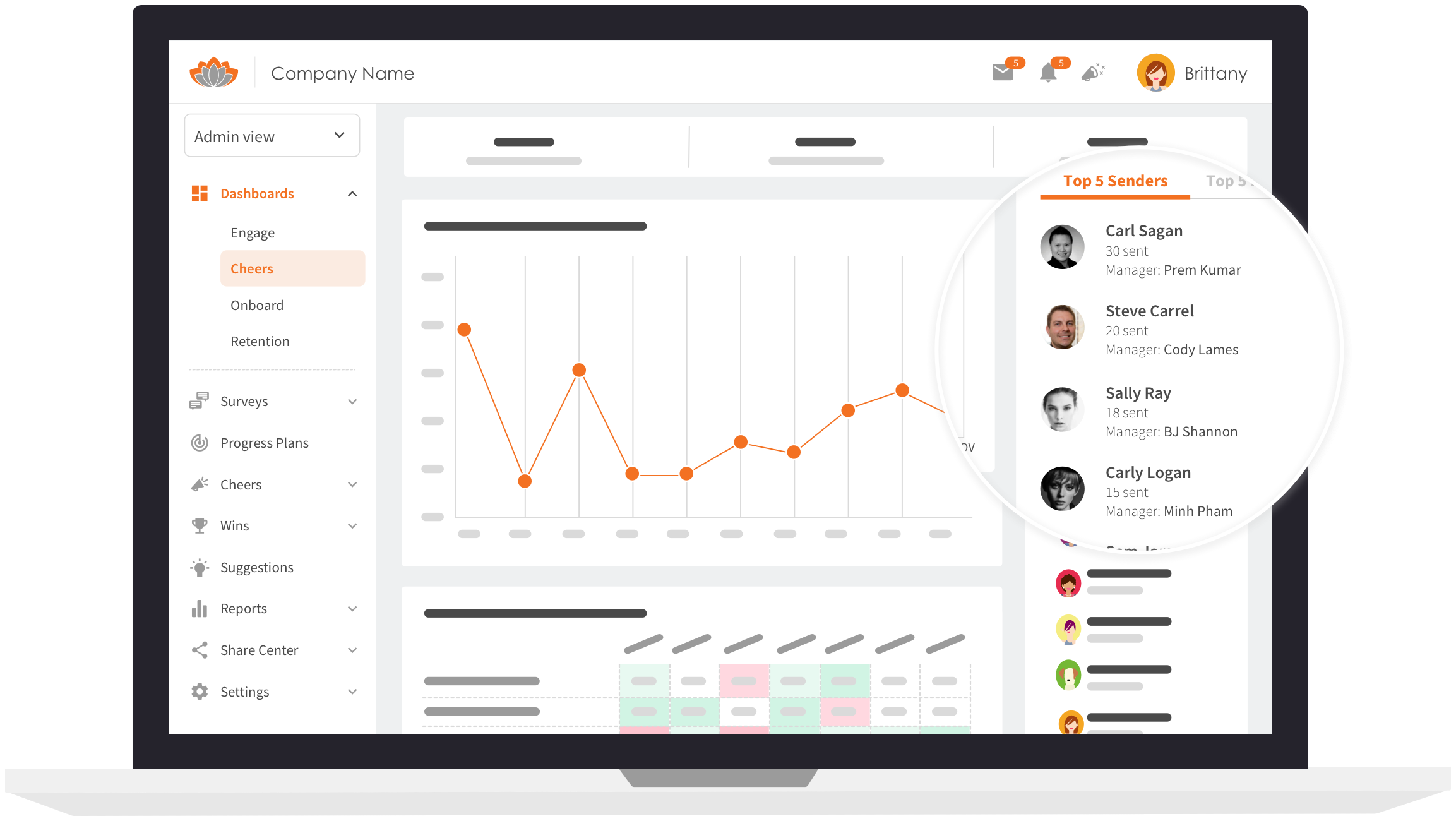
TINYpulse is a simple tool that sends short, regular engagement surveys.
Best for: Teams wanting light, fast check-ins without heavy data.
Pros:
- Very easy to use
- Focus on short, frequent surveys
- Great mobile access
- Budget-friendly
Cons:
- Not much in-depth analysis
- Too basic for some teams
- Limited customization
Vantage Circle
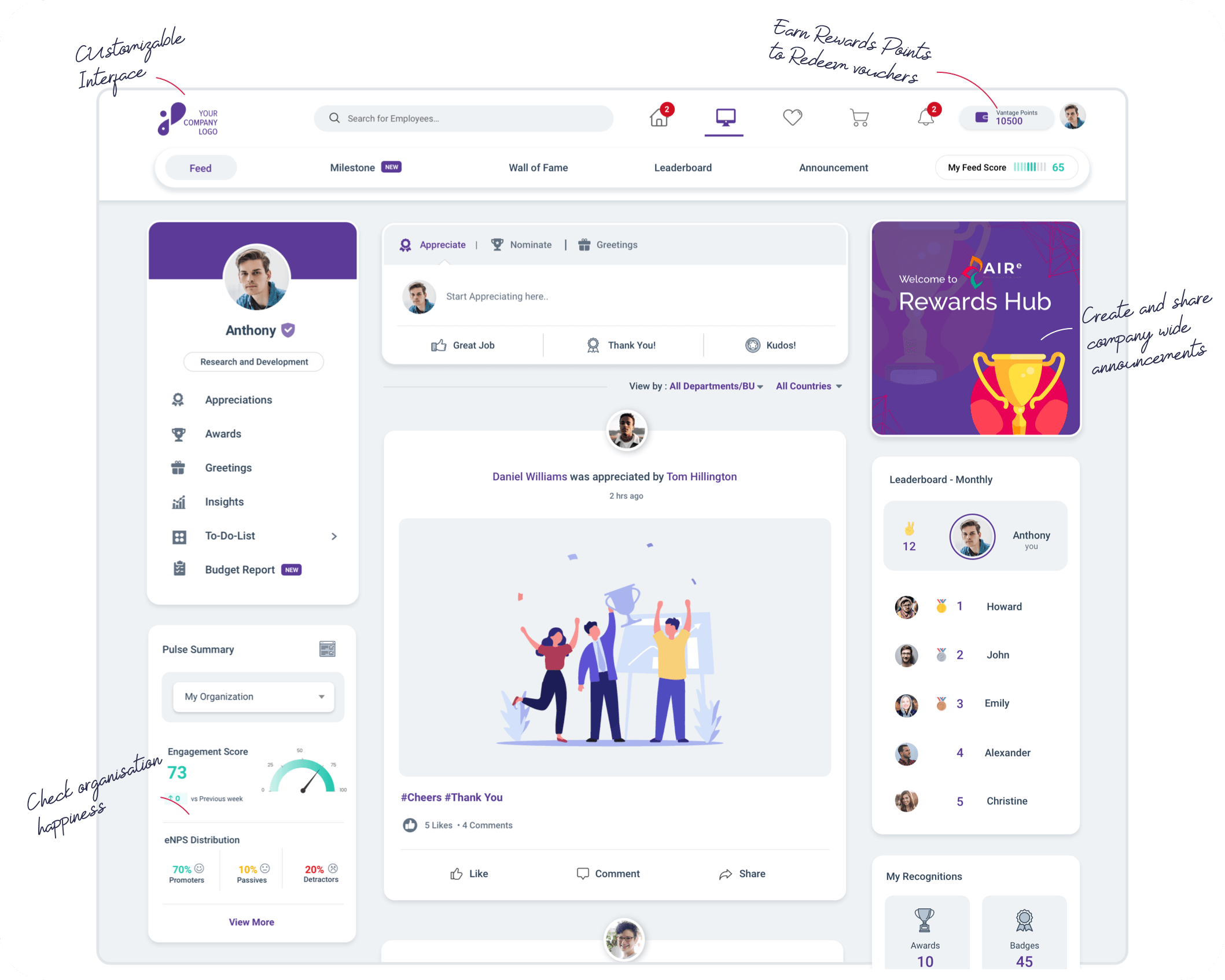
Vantage Circle combines engagement with wellness and rewards in one platform.
Best for: Companies focused on the full employee experience.
Pros:
- Includes surveys, rewards, and wellness
- Great value
- Covers many employee needs
- Holistic experience
Cons:
- Survey features are not as advanced
- Can get complex
- More admin time needed
Key Features of Employee Engagement Surveys
When choosing a platform, focus on these five must-haves:
1. Actionable Insights
Look for tools that turn survey data into clear steps. Managers need to know what to do, not just see numbers.
2. Manager Support
Good tools give team-level insights, talking points, and suggestions. Managers, not just HR, should be able to use the data.
3. Flexible Survey Options
Pick a platform that lets you run both short and full-length surveys. Custom questions are key to measuring what matters most to your company.
4. Easy Integrations
Surveys should work where your team works: Slack, Teams, or your HR system. This improves response rates and adds context.
5. Benchmarking and Trends
It helps to know how you’re doing over time and how you compare to others. Choose a vendor that shows trends and benchmarks clearly.
Improve Employee Engagement Through Leadership Enablement
Running a great survey is just the start. The biggest gains happen when managers take the right actions afterward.
Many survey tools put all the pressure on HR to review the data and create plans. That’s hard to scale and often misses what each team truly needs.
Teamspective solves this by giving every manager clear, specific advice based on their team’s data. For example, instead of just saying “engagement is down,” it might say: “Your team seems unclear about priorities. Schedule 30-minute talks with Sarah and Marcus. Here are agenda ideas.”
Real change happens in everyday conversations between leaders and their teams. With the right insights and tools, managers can address problems before they grow.
Teamspective also combines engagement data with performance and collaboration info. This gives a full view of what’s going on and why, helping leaders make better decisions.
Conclusion
Picking the right survey platform can make a big difference in how your company improves engagement. The best tools don’t just collect data—they help your managers act on it.
Think about how each platform supports your leaders, not just HR. Engagement improves when survey results lead to better conversations and smarter leadership.
If you’re ready to take the next step toward stronger teams and better leaders, I’d love to show you** how Teamspective can help.**



